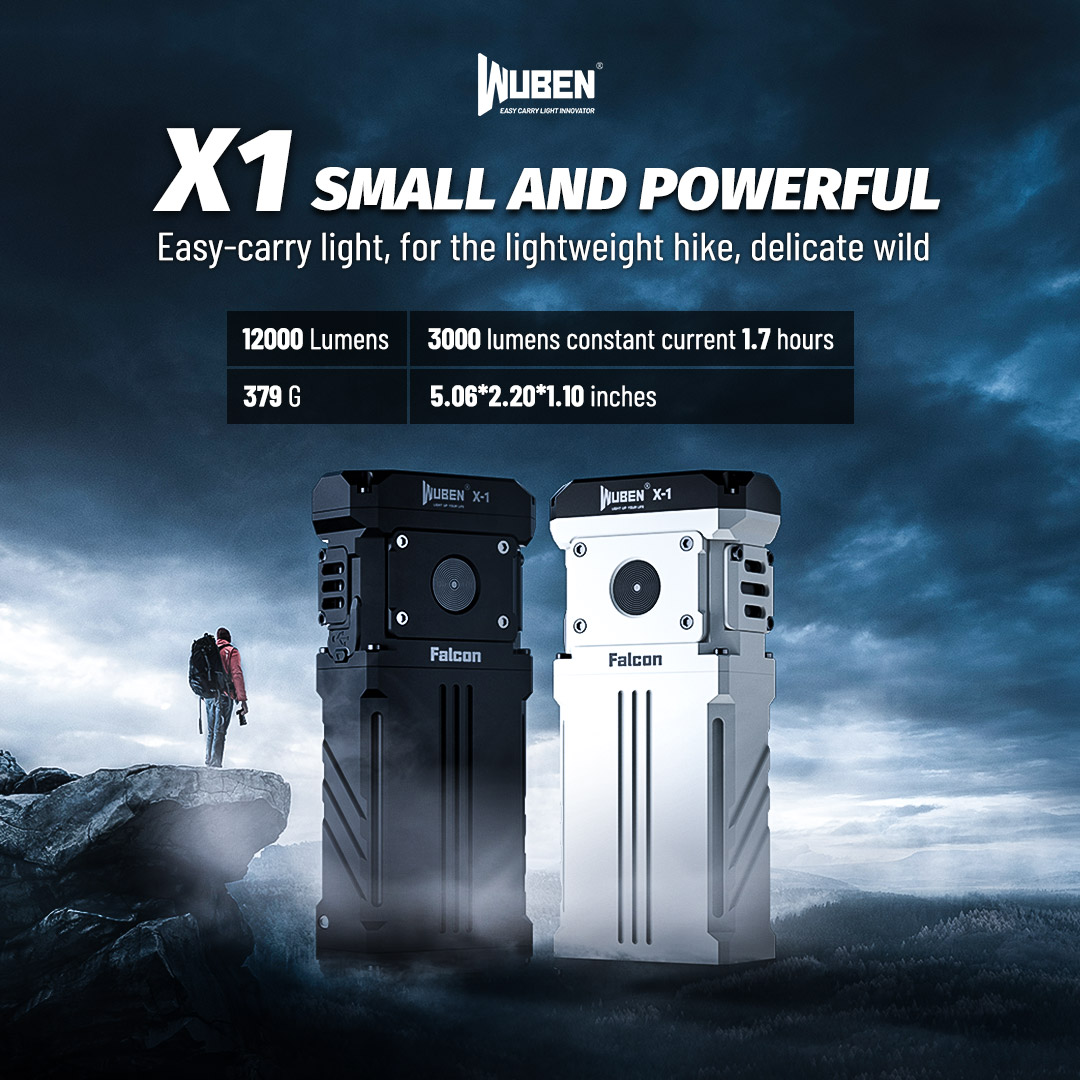Cycling is big business these days! Even with fluctuations in the price of gas, the emphasis on health and being able to maneuver in heavy urban traffic are major advantages. So within these paragraphs, I’ll present several useful cycling tips, along with advice on cycling accessories.
Bicycle Basics
If you don’t already own a bike, and are considering one, but aren’t sure whether it’ll be for daily use or weekend recreation, here are a few guidelines.
Bikes made more for road use have an upright shape and a shorter wheelbase, which make the bike more mobile but harder to ride slowly. This design requires a bit more rider strength since the body is bending forward more and reduces resistance at higher speeds.
The mechanics of the bike also need to be considered. A triple-crank front gear system may be preferred if a lot of hill climbing is anticipated. If not, a two chain ring system would be lighter and less expensive. For those cycling commuters, a simpler fixed wheel system would be a good choice.
Urban cycling (as pictured) has increased in popularity. Not surprising considering the wild fluctuations in the price of gas we’ve seen of late.
Extensive bicycle path systems have popped up in some cities. Such dedicated paths often have to be shared with in-line skaters, scooters, skateboarders, and pedestrians. Segregating bicycle and automobile traffic in cities has met with mixed success, both in terms of safety and bicycle promotion. At some point the two streams of traffic inevitably intersect, often in a haphazard and congested fashion.
Studies have shown that due to the high incidence of accidents at these sites, some segregated schemes can actually increase the number of car-bike collisions. If city cycling is your plan, some initial preparation is suggested. Perhaps a dry-run is in order. This will help to uncover certain obstacles or possible dangers that otherwise might not be noticed in a car or on public transportation.
Accessorize!
In regards to cycling accessories, here’s a list of those worthy of consideration;
- A bell or horn
- Front and rear LED lights
- Disc brakes
- Child carrying seats
- Cycling computer w/GPS
- Baggage racks & carriers
- Water bottles and cages
Clip less pedals are popular among road and mountain bikes. Special shoes must be worn with an attached cleat. This permits the rider to both pull and push the pedals.
Fuel Up First — But Not With Gas!
Another topic from the list of cycling tips, although more related to the recreational cyclist, is nutrition.
A relaxing ride for many may burn up to 400 calories per hour. Expect 800 to 1000 calories burned per hour if you’re peddling on hilly terrain. Experts recommend keeping to a balanced diet with about 60% going to carbohydrates, 25% to fat and 15% to protein. Towards the end of a vigorous ride, a bit of caffeine can aid in concentration. Just a bit will do. Then once you’re done, a good dose of protein will help the body recover. This is typical after any exercise regimen and needs to be consumed as soon as possible.
Cycle fun, cycle smart, and use these cycling tips as a starting point for whatever part about cycling interests you the most.
And for an excellent selection of cycling gear from Amazon Prime, click HERE!
Your questions and comments are also welcome, and I invite you to participate within the fields below!





